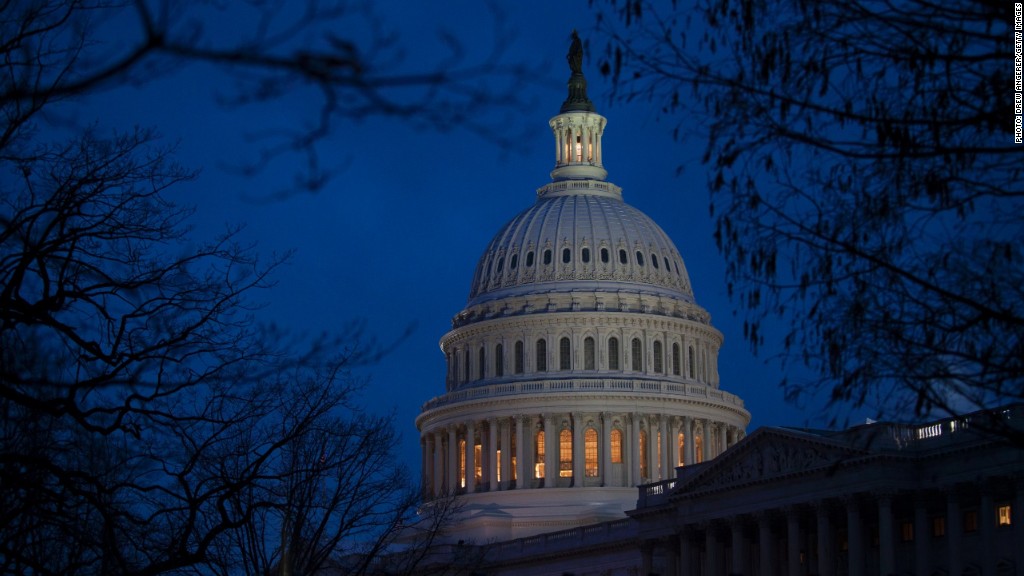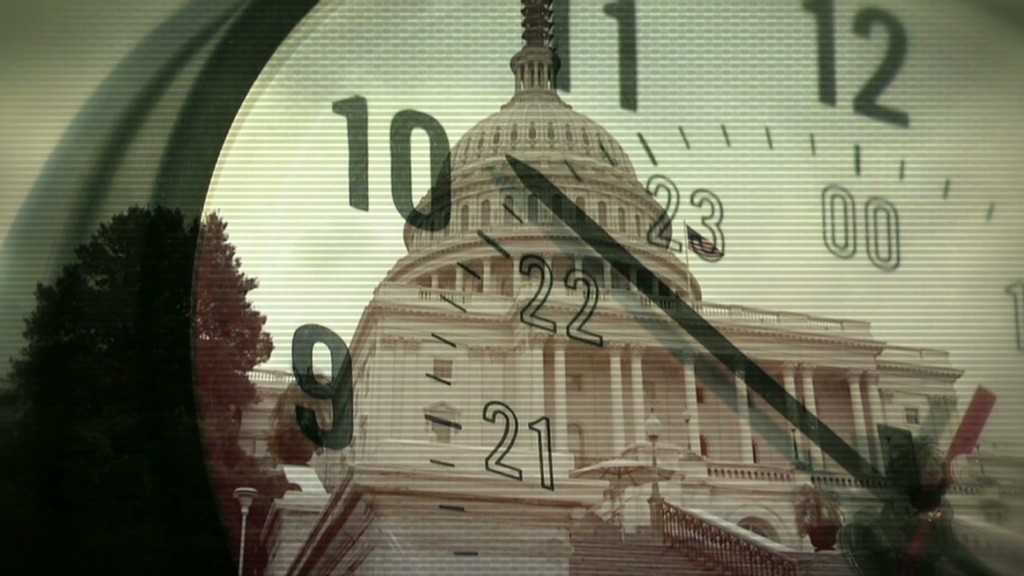
The threat of automatic budget cuts was supposed to light a fire under lawmakers and force them to do their jobs.
Now that the cuts are in effect, they may end up being a crutch to let Congress avoid making tough choices about where money should be spent and where it should be cut.
Sure, both parties continue to decry the across-the-board cuts, which primarily hit discretionary spending and do nothing to address the key causes of the country's long-term debt problem.
So while there may be attempts to replace the cuts over the coming weeks, don't be shocked if they fail and the cuts stay in place for the rest of the year.
Why? Agreeing on how to replace them may continue to prove too contentious and less of a priority than other fiscal issues.
Congress must pass a bill to keep the government funded past March 27, or the government will shut down all but essential services. Since a shutdown is anathema to both parties, priority No. 1 right now is to avoid one.
Related: Spending cuts: When they'll really bite
As if to stress that point, President Obama indicated on Friday that he would sign a new funding bill even if it doesn't replace the sequester, assuming the bill met other conditions.
And on Monday, House Republicans proposed a bill that would authorize continued funding but doesn't replace the spending cuts. Instead, it offers the Pentagon some flexibility in how defense cuts are executed.
Senate Democrats are also expected to propose a funding bill that doesn't replace the sequester.
So while the risk of a shutdown may be declining, "the chance the sequester is here to stay is increasing," said Sean West, U.S. policy director for the Eurasia Group.
Technically, the House and Senate might try to replace the sequester in their proposed budgets for 2014, due in mid-April. But the chambers' proposals will be so far apart in size and substance that the chances of reconciling the two are very low.
There's another built-in opportunity to replace the sequester -- the upcoming debate over raising the debt ceiling.

But the drop-dead deadline for that may not come until August. At that point, the fiscal year, which ends Sept. 30, will be almost over, and the overriding priority will be to avoid default.
So it may be that only political pressure would force a compromise on replacing the sequester, said budget expert Charles Konigsberg.
The public pitching a fit might work. So, too, might terrible economic numbers.
While everyone agrees the sequester is no way to run a budget, there seems to be growing resignation that maybe this is the best Congress can do.


